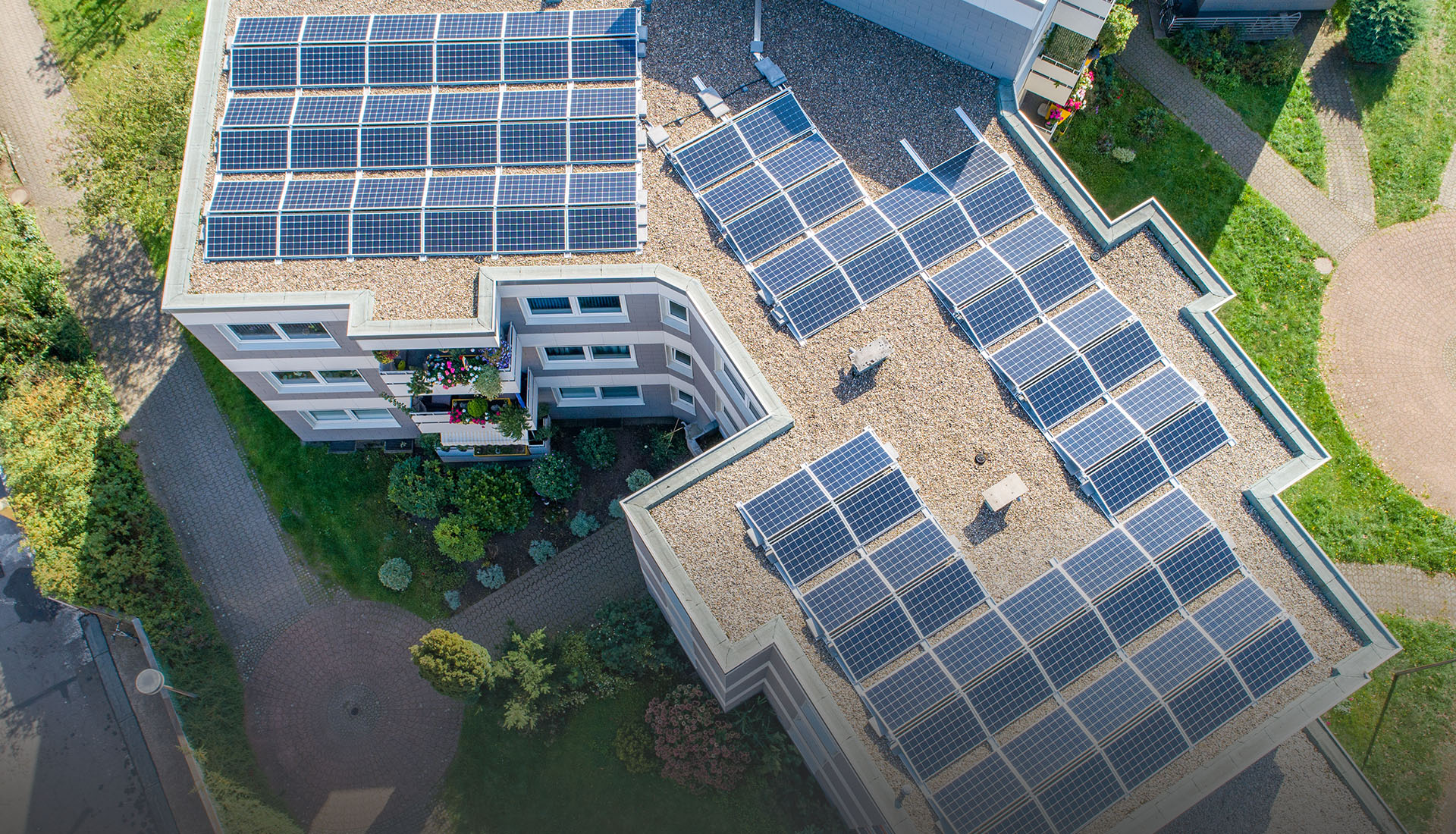
Jan . 17, 2024 15:10 Back to list
Fresh advancements are being made in the slow-moving market segment of C&I energy storage
There is a growing buzz surrounding commercial and industrial (C&I) energy storage, indicating that industry players are recognizing the market potential in this traditionally sluggish sector. C&I energy storage systems are typically deployed behind-the-meter (BTM), offering factories, warehouses, offices, and other facilities the ability to manage electricity costs, improve power quality, and increase their use of renewable energy sources.
The primary benefit of C&I energy storage lies in its ability to significantly reduce energy costs. By allowing users to "peak shave," these systems enable businesses to reduce the amount of expensive power consumed during peak demand periods. Despite these advantages, however, C&I energy storage has struggled to gain widespread adoption.
According to the Q4 2022 edition of the US Energy Storage Monitor by Wood Mackenzie Power & Renewables, only 26.6MW/56.2MWh of "non-residential" energy storage systems were deployed in the third quarter of the previous year. This category includes community, government, and other installations, and when compared to the 1,257MW/4,733MWh of utility-scale energy storage and 161MW/400MWh of residential systems deployed during the same period, it becomes evident that C&I energy storage is severely lagging behind.

In light of these figures, Wood Mackenzie projects substantial growth in C&I energy storage installations in the upcoming years, alongside the other two market segments. In the United States, this progression will be supported by the tax incentives for storage and renewables included in the Inflation Reduction Act. However, there is also growing interest in C&I energy storage in Europe, indicating a potentially global trend.
Several factors contribute to the increased interest and potential for growth in C&I energy storage. Firstly, the declining costs of energy storage technologies, coupled with the increasing efficiency of battery systems, make them more economically viable for businesses. Additionally, the increasing integration of intermittent renewable energy sources, such as solar and wind, into the grid necessitates effective energy storage solutions to balance supply and demand.
Furthermore, the rising focus on decarbonization and sustainability in both the public and private sectors is driving the adoption of C&I energy storage. Businesses are increasingly recognizing the environmental benefits of reducing reliance on fossil fuels and embracing clean energy alternatives. Energy storage systems not only enable businesses to optimize their energy usage and reduce carbon emissions but also enhance the resiliency and reliability of their operations.
Government policies and regulations are also playing a crucial role in encouraging the deployment of C&I energy storage. Tax incentives and subsidies, such as those outlined in the Inflation Reduction Act, are incentivizing businesses to invest in energy storage solutions. Additionally, policies promoting grid modernization and resilience, such as requiring C&I facilities to have backup power or participate in demand response programs, are driving the adoption of energy storage systems.
As the market potential for C&I energy storage becomes more apparent, industry players are actively pursuing opportunities in this sector. Leading companies are developing innovative solutions specifically tailored for C&I applications, offering flexible financing options and comprehensive energy management services. These offerings not only address the technical and financial challenges associated with energy storage but also foster a more holistic approach to energy management for businesses.
In conclusion, despite historically slow adoption rates, the commercial and industrial energy storage sector is experiencing a surge of interest and activity. With the declining costs of energy storage technologies, increasing integration of renewables, and a growing emphasis on sustainability, C&I energy storage is primed for significant growth. Government incentives and supportive policies further contribute to the market potential in this sector. As businesses recognize the economic and environmental benefits of energy storage, the industry is witnessing a shift towards a more sustainable and resilient energy landscape.
Will be removed if infringing
Reference website:https://www.energy-storage.news
-
Stackable Battery System: Revolutionizing C&I Energy Storage with Suzhou ACDC
NewsJul.21,2025
-
Revolutionizing EV Charging with Suzhou DC Quick Charging Stations Solutions
NewsJul.21,2025
-
Revolutionize Your Power Needs with Suzhou ACDC's Portable Power Station Solutions
NewsJul.21,2025
-
Outdoor Integrated Temperature Control Cabinet: Elevating Energy Storage Cabinet Efficiency
NewsJul.21,2025
-
Container Type Energy Storage System: Revolutionizing Energy Storage with Stackable Battery Solutions
NewsJul.21,2025
-
Advanced Self-Cooling Energy Storage Cabinet Solutions
NewsJul.21,2025























